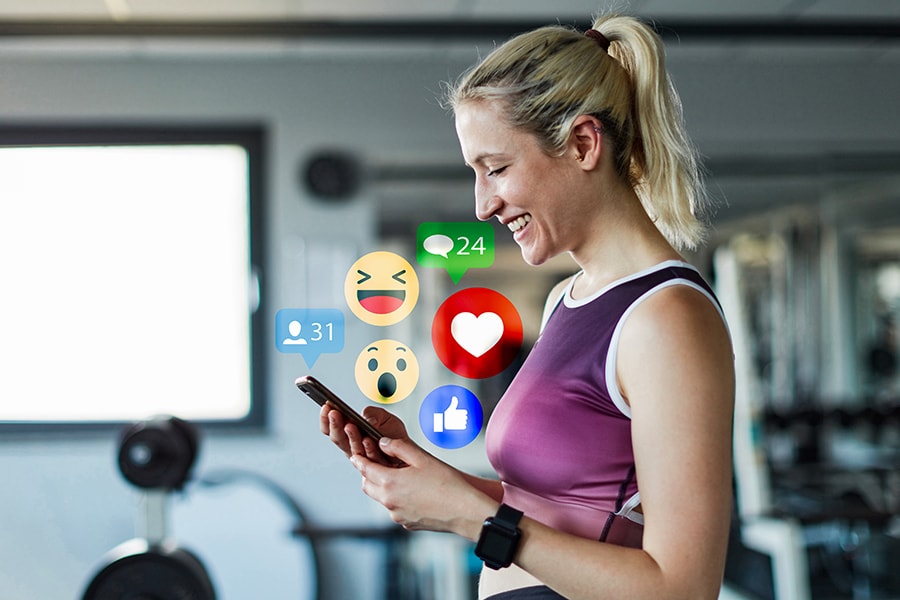
How tech can make you happier, fitter and more popular
Three rules to optimise the influence of your smartphone on your well-being
 The immersive benefits of photo taking are not as clear when the main purpose is to share the photos on social media – as opposed to taking them for memories’ sake
The immersive benefits of photo taking are not as clear when the main purpose is to share the photos on social media – as opposed to taking them for memories’ sake
Image: Shutterstock
In 1999, the first camera-enabled mobile phone was launched in Japan. It could store up to 20 images. Now 350 million photos are uploaded every day on Facebook alone. The average person uses about 30 apps every month. For better or for worse, tech is fully embedded in our lives.
In a recent podcast, Alixandra Barasch, a Visiting Associate Professor of Marketing at INSEAD, shared insights on how everyday technologies, and namely our phone apps, are reshaping consumers’ well-being.
Barasch has conducted significant research on the role of photo taking on our enjoyment of experiences. Many people believe that when we are in the midst of an experience – say a concert or a gathering – we should focus on the moment and put our phones away. But as Barasch found out, generating content about an experience can help us enjoy it more, through making us feel more immersed in it.
Heightening our senses
Compared to leaving our phone (or camera) aside, taking photos during an experience forces us to “search the environment for items or aspects to capture”, said Barasch. As we pay attention to more details, it increases our sense of engagement. The net result: Time flies by. And if you’re not into taking photos, the same benefit applies to taking notes or sending text messages.If this finding seems intuitive to you, that’s great. However, when Barasch and her colleagues ran a survey with a couple hundred people, they found that about 40 percent of people expected that photo taking would reduce their enjoyment of an experience. Another 20 percent or so said it would not have any impact. Many of us are subject to such anticipatory errors, she said. “Even if we have a lot of experience with something, we're not good at predicting how that will affect us in the future.”
[This article is republished courtesy of INSEAD Knowledge, the portal to the latest business insights and views of The Business School of the World. Copyright INSEAD 2024]







